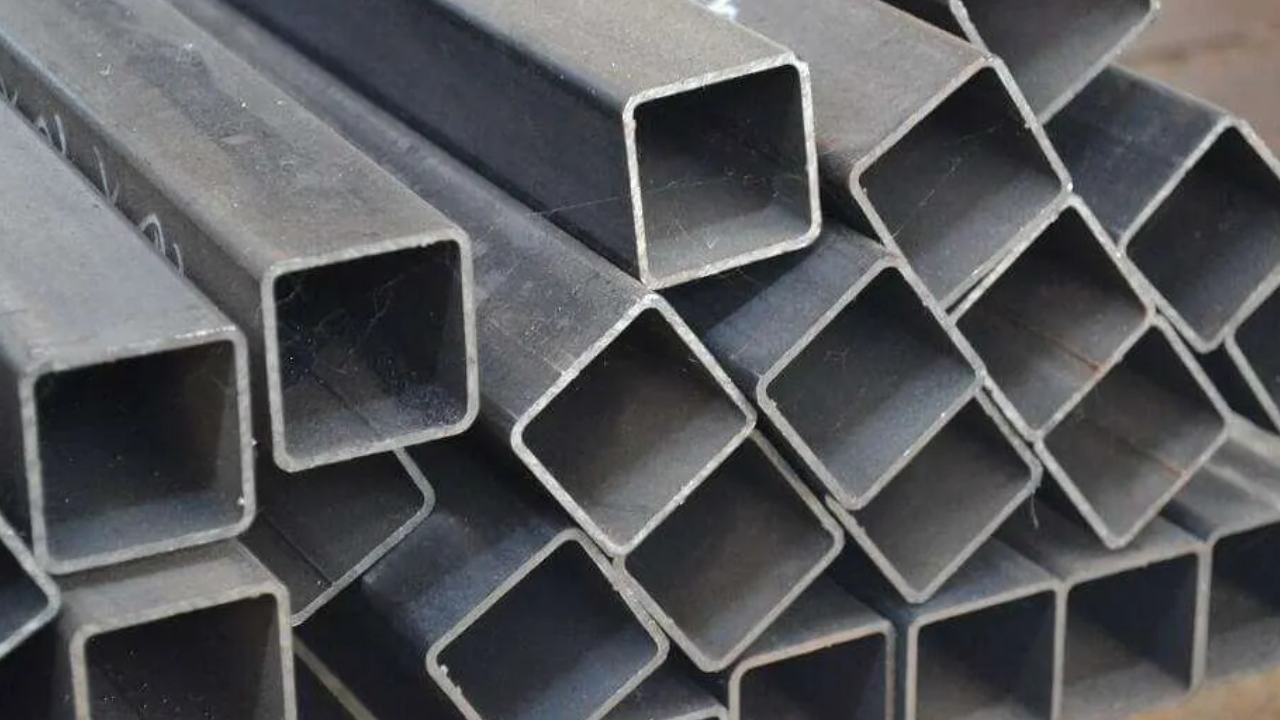Pipe fittings are components used to interface, control, and divert the progression of liquids or gases inside channeling structures. These fittings are accessible in various shapes, sizes, and materials to manage assorted bundles across businesses. These kinds of fittings include couplings, elbows, tees, reducers, spines, and associations. Pipe fittings assume significant roles in guaranteeing reliability, dependability, and execution by giving sealed associations.
Distinct sorts of fittings play necessary roles in ensuring the integrity and reliability of piping systems. Couplings, elbows, and tees facilitate proper alignment, permitting green fluid or fuel to float at the same time as decreasing pressure concentrations. Overall, the proper selection and installation of different types of fittings contribute to the overall integrity, reliability, and performance of piping systems, improving operational protection and minimizing downtime.
Importance of Different Types of Fitting In System Integrity and Reliability
Exclusive sorts of fittings play vital roles in ensuring the integrity and reliability of piping systems by imparting relaxed connections, facilitating fluid or gasoline waft, and accommodating format variations. Right here’s how diverse fittings make contributions to a system’s overall performance:
Leak Prevention
Pipe fittings play an essential role in leak prevention, ensuring machine integrity and reliability. Nicely installed fittings with tight seals, together with flanges, couplings, and unions, prevent leaks that could compromise performance and safety. By way of creating cozy connections among pipes and components, fittings assist in fluid or gasoline containment, preventing product loss, environmental infection, and protection risks. Leak-loose fittings are crucial for ensuring the long-term integrity and reliability of piping systems.
Pressure and Flow Regulation
Pipe fittings, including reducers and elbows, alter pressure and flow charges within piping structures. By adjusting the cross-sectional location and direction of the float, these fittings ensure that the gadget operates within layout parameters. This prevents overpressure conditions, glide restrictions, or an uneven distribution of fluids. Right strain and flow regulation beautify the machine’s overall performance, reliability, and safety, making sure efficient operation and minimizing the chance of damage or failure because of excessive stress or drift.
System Flexibility
Pipe fittings provide device flexibility with the aid of accommodating changes in format or configuration. Couplings, tees, and crosses permit for easy change, growth, or reconfiguration of piping structures. This flexibility enhances adaptability and scalability, enabling structures to house evolving operational desires or changes in facility format. Fittings facilitate green installation and modification, minimizing downtime and disruptions. Universal, system flexibility supplied via fittings complements operational efficiency and helps seamless integration of the latest components or gadgets.
Alignment and Accessibility
Proper alignment and accessibility of pipe fittings are crucial for efficient installation, upkeep, and repair activities. Fittings consisting of elbows and tees ensure easy waft transitions and accessibility to valves, instruments, and devices, facilitating clean operation and preservation of the system. Proper alignment prevents stress concentrations and ensures uniform go-with-the-flow distribution, enhancing system performance and reliability. Accessibility to fittings simplifies inspection and servicing, minimizing downtime and optimizing gadget uptime.
Corrosion Resistance
Fittings produced using consumption-safe materials, including stainless steel or PVC, moderate the impacts of chemical corrosion, disintegration, and debasement. Corrosion-resistant fittings are vital for applications including destructive liquids or conditions, ensuring the long-term general execution and uprightness of the funneling machine. Via opposing consumption, these fittings save you from material debasement, breaks, and contraption disappointments, keeping functional execution and dependability even in brutal or destructive working circumstances.
Sealing Performance
Fittings with dependable sealing mechanisms, inclusive of threaded connections or compression fittings, make certain tight seals that resist inner stress, temperature fluctuations, and environmental conditions. Proper sealing prevents fluid or fuel leakage, infection, and machine failures, maintaining operational performance and reliability. By presenting comfy seals, those fittings contribute to the integrity and performance of piping structures, minimizing the chance of leaks and ensuring secure and green operation.
Conclusion
Different types of fittings play necessary roles in ensuring the integrity, reliability, and overall performance of piping systems across numerous industries. From leak prevention and stress regulation to gadget flexibility and corrosion resistance, fittings contribute to the seamless operation and sturdiness of pipelines. By using information on the features and programs of various fittings, stakeholders can lay out, assemble, and preserve piping systems that meet the highest requirements of integrity, reliability, and overall performance.

